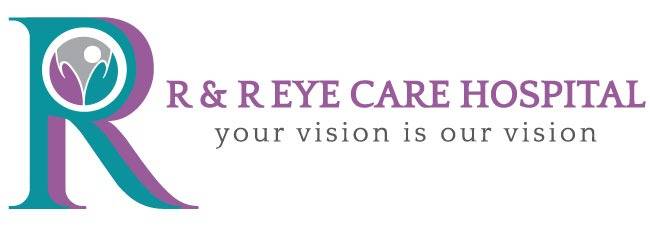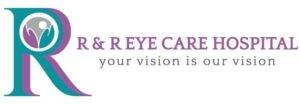Glaucoma is often referred to as the “silent thief of sight” because it frequently develops without noticeable symptoms until significant vision loss has occurred. It primarily affects the optic nerve, which is crucial for transmitting visual information from the eye to the brain. Early detection and treatment are key to managing this condition and preserving vision. At R & R Eye Care Hospital, we want to help you recognize the signs of glaucoma and understand what steps to take if you suspect you may have this condition.
Common Signs and Symptoms of Glaucoma
1. Gradual Loss of Peripheral Vision: One of the earliest signs of glaucoma is a gradual decrease in peripheral (side) vision. This may go unnoticed at first, as individuals often compensate for the loss by turning their heads. Regular eye exams are important to detect such changes early.
2. Tunnel Vision: As glaucoma progresses, affected individuals may experience tunnel vision, where only a small central portion of their visual field remains clear, making it difficult to see objects to the sides.
3. Vision Blurriness: Patients may experience blurred vision, especially in low light conditions. This can occur due to fluctuations in intraocular pressure.
4. Seeing Halos Around Lights: Glaucoma can cause the appearance of halos around lights, particularly during nighttime or in dimly lit environments. This symptom results from increased pressure in the eye affecting the cornea’s shape.
5. Eye Pain and Discomfort: Acute glaucoma, a less common form, may present with severe eye pain, headaches, nausea, and vomiting. This condition is often accompanied by rapid vision changes and requires immediate medical attention.
6. Redness in the Eye: Increased pressure may lead to redness in the eye, which can sometimes be mistaken for irritation or allergy but may signal a more serious issue when accompanied by other symptoms.
7. Difficulty Adjusting to Darkness: People with glaucoma may find it challenging to adjust to changes in lighting, such as when moving from bright
What to Do Next
If you experience any of the above signs or symptoms, it is crucial to take immediate action:
1. Schedule an Eye Exam: The first step is to book an appointment with an eye care professional. At R & R Eye Care Hospital, we offer comprehensive eye examinations that include tests specifically for glaucoma, such as tonometry (to measure intraocular pressure) and visual field assessments.
2. Be Honest About Symptoms: When you visit the eye care specialist, be open about any visual changes or symptoms you’ve experienced. This information can help in diagnosing the condition early.
3. Follow Recommended Testing: If your eye doctor suspects you may have glaucoma, they will likely recommend additional tests such as optical coherence tomography (OCT) or visual field testing to evaluate the health of your optic nerve and the extent of any vision loss.
4. Adhere to Treatment Plans: If diagnosed with glaucoma, following your treatment plan is vital. Treatments may include prescription eye drops, oral medications, laser therapy, or surgery, depending on the severity of the condition.
5. Maintain Regular Eye Check-ups: Glaucoma management often requires ongoing monitoring. Regular follow-up visits are essential to ensure that the treatment is effective and to make any necessary adjustments.
Conclusion
Being aware of the signs and symptoms of glaucoma can empower you to seek timely care, ultimately preserving your vision. At R & R Eye Care Hospital, we are dedicated to providing comprehensive eye care tailored to our patients’ needs. Don’t take chances with your eye health—if you notice any concerning symptoms or haven’t had an eye exam in a while, contact us today to schedule an appointment. Early detection and proactive management are key to keeping your vision clear and healthy for years to come.




Leave A Comment